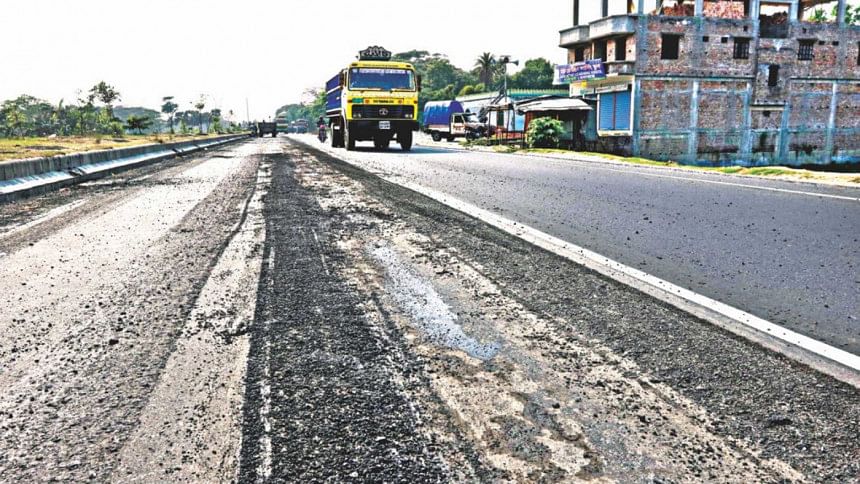Private investment in infrastructure: where are we now?

A quick scan of the headlines tells you everything that those of us working in international development already know: today's world is not business as usual. In just a few short years, the global landscape has transformed in a way that very few of us could ever have anticipated.
An onslaught of crises is hitting developing countries the hardest. Multiple challenges—climate change, surging debt, sticky inflation, high interest rates, depreciating currencies, conflict, and food insecurity—are imperiling families' ability to put food on the table, send their children to school, and weather natural disasters.
The global economy, although recovering, is experiencing a broad-based slowdown, with inflation above pre-pandemic levels. Policymakers need to navigate these challenges carefully, and meet them with ambition and urgency.
A key factor to turning this around is getting capital flowing – especially to developing countries, and especially for quality sustainable infrastructure.
A step-change is needed not only in how we build infrastructure, but also in how we finance it. Fulfilling the necessary improvements in infrastructure, to provide basic and essential services for millions of people around the world, adds up to 4.5 per cent of GDP annually. On top of that, developing countries will require $2.4 trillion every year for the next seven years to address climate costs, conflict, and pandemics alone.
Even in the best of times, no one single entity could afford this price tag. For decades, private sector investment in infrastructure has been common, exactly for this reason. Our annual Private Participation in Infrastructure (PPI) database has been tracking these levels of investment for over three decades to help monitor progress and identify opportunities.
From this inventory of data, we know that from the year 2000 up until the global pandemic, the private sector committed about $97 billion on average annually toward infrastructure projects in emerging markets and developing economies in 2021 dollars. The pandemic had a major impact on private participation in infrastructure, but we are seeing encouraging trends of recovery.
Private commitments to infrastructure projects reached $91.7 billion across 263 projects in 2022, a 23 per cent increase from 2021. This is the second consecutive year of increase following the pandemic nosedive in 2020, when private investment in infrastructure dropped by 52 per cent; and investment levels in 2022 surpassed the previous 5-year average by 4 per cent. The transport sector continued to lead the sustained recovery into 2022, outpacing other sectors significantly. At $66.2 billion in PPI investment across 85 projects, transport comprised 68 per cent of the total 2022 PPI investment. This increase can be explained by more investment in roads, which have historically been the largest subsector in transport commitments.
The energy sector also gained a significant share of PPI in 2022, with a 21 per cent increase for a total of $25.9 billion.
Compared to 2021, PPI commitments increased in both Latin America and the Caribbean and East Asia and the Pacific, with increases of 16 and 17 percent, respectively. South Asia received an impressive $13.9 billion in private sector investments in 2022, the highest in the past 10 years and over 15 per cent of total commitments.
Despite this spending and the ongoing signs of recovery, the levels of investment and number of projects simply are not enough, and they are uneven across regions and countries. We observed only 263 projects in 2022, compared to 380 prior to the pandemic. Seventy-five percent of investments were concentrated in five countries: China, Brazil, India, Indonesia, and Vietnam, which collectively captured $68.3 billion. Europe and Central Asia saw the lowest private investment commitments in the past decade. The downturn is mainly due to Russia's invasion of Ukraine, with neither country reporting any PPI projects for the first time in five years. Sub-Saharan Africa also saw a 15 per cent decrease in investments compared to the past five-year average.
Private investors are looking for bankable opportunities for investment in emerging markets. The challenge is getting this money to move – with purpose. This is where the World Bank Group comes in. We are working diligently with our client countries to mobilise more investments in infrastructure, leveraging both private and public resources.
There are several tools we use to create a blueprint for increasing the amount of private capital flowing into developing countries.
We identify barriers to private investment and address them by creating strong institutions, compelling business environments, and innovative financing, including de-risking projects and providing guarantees to enhance investor confidence to mobilise private capital.
Our multifaceted approach includes optimal utilisation of concessional financing to help create markets in certain infrastructure sectors, incentivise private sector investment, and provide funding to governments to finance their contributions in public-private partnership (PPP) programmes.
Through our technical assistance and development policy lending, we support policy reforms that enable private capital by identifying and addressing barriers to investment, while strengthening policy, legislative, regulatory, and institutional enabling environments.
We help create enabling, climate-responsive PPP frameworks and build pipelines of viable PPP projects for capital investment – by structuring bankable projects. In some cases, we provide funding to governments to bridge viability gaps to improve affordability, ensure bankable and effective PPPs and underlying frameworks.
Furthermore, we establish private capital connectors by creating a market of investment grade infrastructure financing opportunities that will provide institutional investors better access and exposure to emerging markets and developing economies.
Our innovative and comprehensive support ensures that every dollar of infrastructure investment supports high-quality, sustainable projects that maximise value for citizens, economy and environment.
Private sector financing truly has the ability to reshape the global infrastructure landscape and influence the energy transition. The World Bank Group is deploying all possible instruments and working with partners to make this happen.
Guangzhe Chen is vice president for infrastructure at the World Bank

 For all latest news, follow The Daily Star's Google News channel.
For all latest news, follow The Daily Star's Google News channel. 






Comments